The US State Department has made a determination approving a possible Foreign Military Sale to Australia of equipment associated with the integration of the CEAFAR 2 Phased Array Radar System with the AEGIS Combat System for an estimated cost of $185 million.
The Defense Security Cooperation Agency delivered the required certification notifying Congress of this possible sale today, it reads:
“The Government of Australia has requested to buy long lead items, engineering and development activities, establishment of engineering development sites, and commencement of development activities associated with the integration of the CEAFAR 2 Phased Array Radar System with the AEGIS Combat System.
Included are AEGIS Weapon System Technical Equivalent Components including Command Display System (CDS) Consoles (including 2 consoles in Gun Weapon System configuration); Multi-Mission Display (MMD) systems, including projectors, sensors and cameras; Tactical Equivalent Core Computing System (CCS) Cabinets; Tactical Equivalent AEGIS LAN Interconnect System (ALIS) Cabinets; Tactical Equivalent AEGIS Conversion Equipment Group Input/Output (ACEG I/0) Cabinets; Tactical Equivalent Advanced Storage Area Network (ASAN) Cabinets; Global Command and Control System – Maritime (GCCS-M); Cooperative Engagement Capability (CEC) sites systems, to include processing rack, simulation equipment and workstation; AN/SPQ-15 Converter/Receiver and /signal data converter equipment; Defense Visual Information Distribution Service (DIVDS) cabinet; AN/SQQ-89 Sonobouy Processing Core Computing System racks, with console and laptop; AEGIS simulator racks and workstations; AEGIS Training System; and various ancillary equipment and support products, including desktop computers, displays, test units and compilations servers, printers, workstations, spares, cabling and software licenses.
Also included are spare and repair parts, support and test equipment, engineering and technical services to support sites equipment, U.S. Government and contractor engineering, technical and support services, engineering technical assistance, other technical assistance, and other related elements of program and logistics support. The total estimated program cost is $185 million.
This sale, say the US State Department, will support the foreign policy and national security of the United States by ‘helping to improve the security of a major ally that is an important force for political stability and economic progress in the Western Pacific’. The notice states:
“The proposed sale will enhance Australia’s Surface Combatant capability by adding nine AEGIS capable Future Frigates over the next 20 years and by upgrading their existing three AEGIS capable Hobart Class destroyers with the latest technology and capability. This sale enhances Australia’s self-defense capability, while significantly improving interoperability with U.S. Navy AEGIS combatants in the region.
By deploying a surface combatant fleet that will incorporate Cooperative Engagement Capability (CEC), Australia will significantly improve network-centric warfare capability for U.S. forces operating in the region. Australia will have no difficulty absorbing this equipment into its armed forces.”
This comes after we reported that BAE Systems Type 26 Frigate design was regarded as the frontrunner, with Fincantieri’s FREMM close behind and Navantia regarded as the lowest risk option.


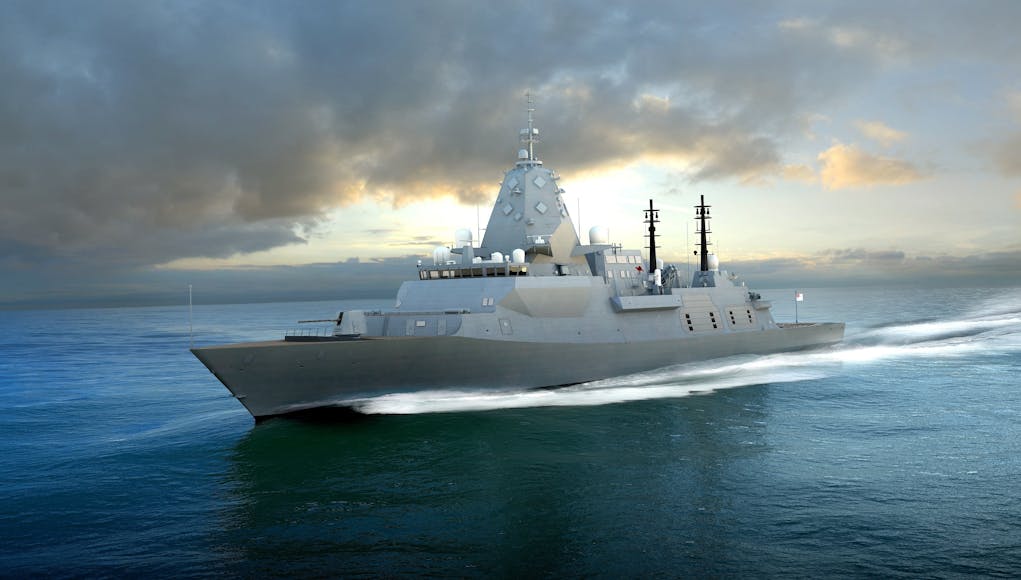


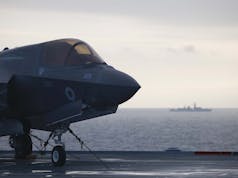
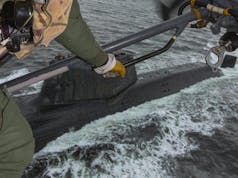

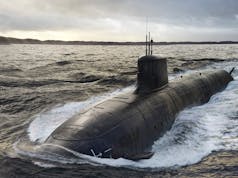


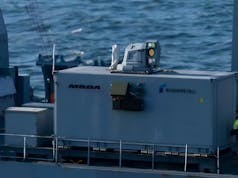


I thought the Aussies had their own home grown radar ? And we had agreed to test it as well as part of the sake negotiations? Or was I dreaming ??
Yes CEAFAR 2 is the Australian Radar system,AEGIS will be the Combat Management System with SAAB involved in integration too,sounds a bit of a cocktail but it will all work well when they are built.Whether anything comes from the MOD looking at CEAFAR remains to be seen.
CEAFAR is a collaboration between Oz and the US developed in Australia so has American technology associated with it not to mention the AEGIS system of course that they want to connect to it.
As a side note the CGI pic seems to be a different rendering of a T26,that makes 3 from what I can see,i wonder which one most resembles what the RAN will be getting ?.
The one at the top of this article is the most recent one, the one with the hexagonal super structure at the top is an older render.
There is also different render for the frigate offered to Canada as it uses a different radar again.
It’s interesting that Australia is sticking with the Aegis system I’m sure it’s being constantly upgraded but was under the impression it was no longer the number 1 show in town.
I think Aegis has morphed into a more modern open architecture system. It’s a bit easier to add weapons, radars and use a lite version in frigates.
I’m not sure what missiles the Australians are using in their ships, but Aegis allows an upgrade from SM-2 to SM-6 for ballistic missile defense and close to Mach 4 missile for anti-ship defense. That may have played a role?
What is the number 1 show in town for CMS nowadays, or if not a clear winner then which ones vying for the top spot? How does the RN BAE one fare compared to others including Aegis?
Ausi Radar, British Ship, American combat computer. not sure I fancy that lego set, anyone for cost overruns
How does the Australian radar compare with the artisan radar?
It’s way better than Artisan, artisan 3D is ok but it’s very much a Budget solution in comparison.
It would have been good if we could have gotten the original Sampson light radar solution called SPECTRE that was proposed for T26.
However T26 design is obviously large enough and flexible enough that we may end up with a very much more capable radar than Artisan at some point.
In its CEAFAR 2 configuration it will be on par or better as there will be no need for a rotating long range air search radar at all. CEAFAR 1 is fitted to ANZAC frigates and with CEAFAR 2 now being installed this allows the removal of the rotating SPS48 radar from the mast top.
Unfortunately the ANZACs still need a Target Illumination radar for the current version of ESSM as its a semi active homer. This may change if the RAN go for Block 2 ESSM when it enters service in 2020+ with the USN as that will then be an active homer.
If the RAN do as the RNZN are doing and go for Sea Ceptor in place of the current semi active ESSM they wont need that illuminator fit.
Australia is one of the nations contributing to the ESSM Block 11 programme.
In discussions on Aegis, most have overlooked that CEC will be fitted to these frigates in addition to the Hobarts. In terms of capability and working with partner nations such as South Korea, Japan and the US, it is huge increase in capability.
Is there any chance we might get CEC one day? If the upcoming government defence review is being billed as the Defence Modernisation Programme CEC would definitely seem to be a worthwhile modernisation.